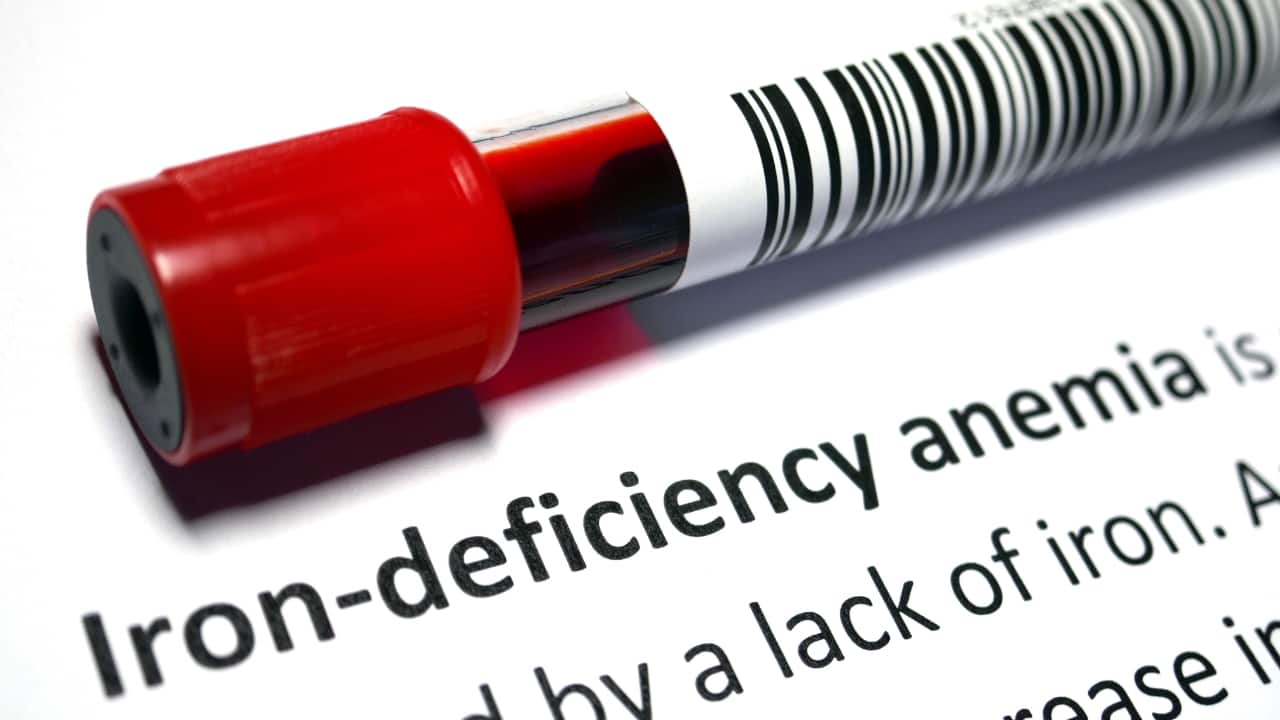
Iron deficiency anaemia: Are you experiencing symptoms like shortness of breath, fatigue, and dizziness? Iron deficiency anaemia, one of the most common nutritional disorder, could be the culprit. Here are the indicators, treatment, and lifestyle changes that can help you combat this disorder.
Do you experience shortness of breath after climbing a few steps? Do ‘treks’ scare the living daylights out of you because the thought of walking a kilometer (in your own shoes) feels harrowing? Or do you often feel exhausted and see ‘black spots’ when you get up too fast? Beware. You may be suffering from Iron Deficiency Anaemia. Here’s why.
Iron deficiency anaemia is the most common nutritional deficiency disorder prevalent worldwide, especially in developing countries. It occurs due to a defect in the haem (part of hemoglobin) synthesis leading to a decrease in Hb levels.
Aneamia refers to the reduction in the hemoglobin concentration below the normal range for the age and gender of the individual. The lower limit for the normal range in males is 13.0g/dl and 11.5g/dl in females. It can result from acute or chronic blood loss, impaired erythrocyte (red blood cell) formation, and increased red blood cell destruction.
Factors that cause iron deficiency in women:
1. Menstruation: Under normal conditions, iron is excreted from the body via the skin, bowel, and the genitourinary tract. Menstruating females lose an excess of 0.5-1mg daily during their monthly cycle.
2. Blood loss: Heavy menstrual blood loss occurs due to pathological conditions and can be a side effect of intrauterine devices used for contraception.
3. Miscarriage: Repeated miscarriages due to congenital abnormalities in the fetus and eclampsia (hypertension in pregnancy) can play havoc.
4. Socio-economic status: Exiguous iron intake may be prevalent in women belonging to an underprivileged group where nutritious food items are not easily accessible to them.
5. Anorexia: Common during pregnancy, anorexia can lead to a loss of iron, which can be enhanced due to malabsorptive conditions like coeliac disease (an immune reaction to gluten).
6. Pregnancy: A taxing period in itself, pregnancy results in the transfer of 750 gm of iron from the mother to the fetus and placenta, of which about 200mg is lost during delivery and lactation. Pregnancies that are not adequately spaced may result in iron deficiency anaemia.
7. Menopause: Post-menopausal women tend to become susceptible to cancers that can cause excessive bleeding. Blood loss from the uterus due to carcinoma (uterine cancer) can be one of the causes of anaemia, along with gastric cancer or hiatus hernia (where a part of the stomach protrudes into the chest wall from an opening in the diaphragm).
Indicators of anaemia:
The two most common indicators of iron deficiency anaemia are weariness and lack of energy, as oxygen transport by hemoglobin to vital tissues is reduced. Insufficient iron levels can cause breathing difficulties, particularly during physical exertion, as O₂ levels take a toll.
Headaches, exertion (impacting daily activities), and pallor (pale skin, nail beds, palms, and tongue) are signs that can help in diagnosis. Restless legs syndrome (RLS) is a condition that triggers an uncomfortable sensation in the legs, coupled with an irresistible urge to move them. Iron deficiency anaemia has been linked to the development of RLS.
Treatment
Seizing the reins of your iron levels is essential in combating anaemia. Exploring lifestyle changes that can help improve iron absorption and prevent iron deficiency anaemia is crucial. Start with dietary modifications, learn about iron supplementation, and discover how to optimize your health by getting regular health check-ups.
Boost your iron intake by incorporating food items such as red meat, poultry, fish, beans, lentils, tofu, spinach, kale, and fortified breakfast cereals that can enhance your iron levels.
It’s advisable to pair iron-rich foods with vitamin C-rich products such as citrus fruits, tomatoes, strawberries, or peppers to improve absorption. Avoid consuming tea or coffee during meals, as their tannin content inhibits iron absorption.
In case of severe iron deficiency anaemia, a physician may recommend taking iron supplements in the form of tablets, capsules, or syrups. A multivitamin containing iron and other vital nutrients may also be beneficial to meet your daily iron requirements.
The aforementioned citrus items should be consumed to prevent the gastric side effects of such supplements. Vitamin B12 is also given to patients as it can help increase iron levels indirectly.
Consulting the physician is recommended in case of persistent or severe iron deficiency anaemia.





